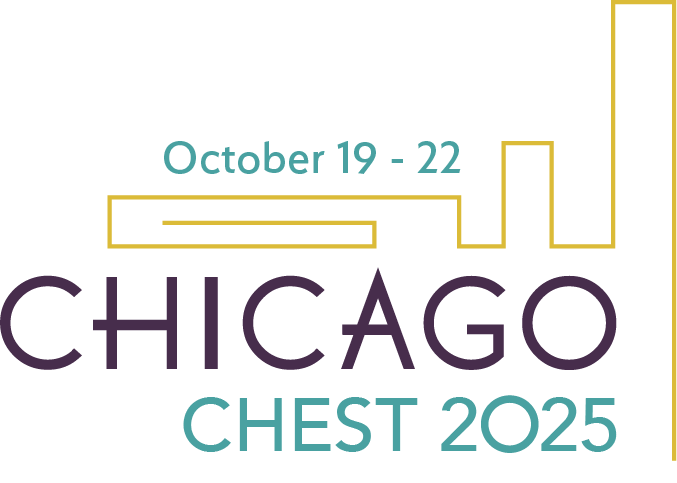
In 2026, the United States, Canada, and Mexico will cohost the FIFA World Cup across 16 cities, drawing approximately 6 million international visitors. This historic event will test North America’s health care infrastructure, which must be equipped to handle infectious disease threats, health care surges, mass casualty events, routine injuries, and chronic conditions.
Past host nations faced significant challenges. During the 2014 World Cup in Brazil, only 34% of surveyed hospitals had received preparedness training, more than half lacked formal public agency communication channels, and just 27% could isolate patients during infectious surges.1 Coupled with ongoing public health funding cuts and increasing vaccine hesitancy, these gaps risk public health during large-scale events.
A proactive, multidisciplinary planning approach is therefore essential. Implementing the Incident Command System (ICS) about a month prior to match day ensures synchronized coordination across emergency medical services (EMS), hospitals, public health departments, security, and venue organizers. Best practices, as suggested by Smith and colleagues, include the formation of medical advisory groups comprising clinical leaders, public health officials, and operational stakeholders to guide contingency planning and emergency response.2

At the heart of preparedness lies scalable critical care through the Emergency Mass Critical Care (EMCC) framework. EMCC allows health systems to amplify ICU-level capabilities—including ventilators, vasopressors, IV fluids, antimicrobials, and sedation—in nontraditional care areas (eg, postanesthesia units or telemetry wards) for up to 10 days using expanded staffing positions.3,4 Emphasis must be made on the importance of embedding intensivists in disaster response planning and stressing their roles in staffing models, load-balancing, interagency coordination, and operational resilience.5
Intensivists act as medical directors who develop triage protocols, oversee surge implementation, apply crisis standards ethically, and bridge communication across hospitals, EMS, and public health agencies.6 Their ICU experience with triage, contingency planning, and dynamic resource allocation directly enhances disaster readiness.
During event operations, on-site medical setups must offer graduated care—from basic first aid to advanced stabilization. Structured triage systems like Simple Triage and Rapid Treatment enable rapid patient categorization, resuscitation (fluid balance, oxygen support, hemorrhage control), and safe hospital transfers. Physician-led teams working in tandem with emergency medical technicians and nurses within the ICS framework ensures streamlined escalation during high-acuity incidents.

Simultaneously, robust public health surveillance at airports, stadiums, and transit hubs should be integrated to detect infectious diseases early—from measles to gastrointestinal and vector-borne illnesses—enabling rapid containment and reporting. For reference, Brazil in 2014 recorded an average of 97 medical interventions per game, including 2.6 ambulance transports per game, mostly for minor illness or injury.1
Finally, gathering actionable data—EMS deployment, ICU utilization, infection metrics—is vital for post-event debriefs. Structured reviews led by critical care teams support refinement of EMCC triggers, triage algorithms, infrastructure upgrades, and training programs.
In preparing for the 2026 World Cup, North American health systems should adopt evidence-based, internationally validated protocols: establish ICS-based medical advisory groups, embed intensivist-led EMCC plans, invest in surveillance infrastructure, and conduct multiagency training. This will ensure effective, resilient care for both visitors and host communities.
References
1. Shoaf K, Osorio de Castro CGS, Miranda ES. Hospital preparedness in advance of the 2014 FIFA World Cup in Brazil. Prehosp Disaster Med. 2014;29(4):409-412. doi:10.1017/S1049023X1400065X
2. Smith WP, Tuffin H, Stratton SJ, Wallis LA. Validation of a modified Medical Resource Model for mass gatherings. Prehosp Disaster Med. 2013;28(1):16-22. doi:10.1017/S1049023X12001471
3. Rubinson L, Hick JL, Hanfling DG, et al. Definitive care for the critically ill during a disaster: a framework for optimizing critical care surge capacity: from a Task Force for Mass Critical Care summit meeting, January 26-27, 2007, Chicago, IL. Chest. 2008;133(5 Suppl):18S-31S. doi:10.1378/chest.07-2690
4. Burkle FM Jr, Williams A, Kissoon N; Task Force for Pediatric Emergency Mass Critical Care. Pediatric emergency mass critical care: the role of community preparedness in conserving critical care resources. Pediatr Crit Care Med. 2011;12(6 Suppl):S141-S151. doi:10.1097/PCC.0b013e318234a786
5. Mukherjee V, Maves RC. Disaster medicine training for critical care medicine fellows: the time is now. Chest. 2023;164(6):1359-1360. doi:10.1016/j.chest.2023.06.006
6. Hick JL, Einav S, Hanfling D, et al. Surge capacity principles: care of the critically ill and injured during pandemics and disasters: CHEST consensus statement. Chest. 2014;146(4 Suppl):e1S-e16S. doi:10.1378/chest.14-0733
